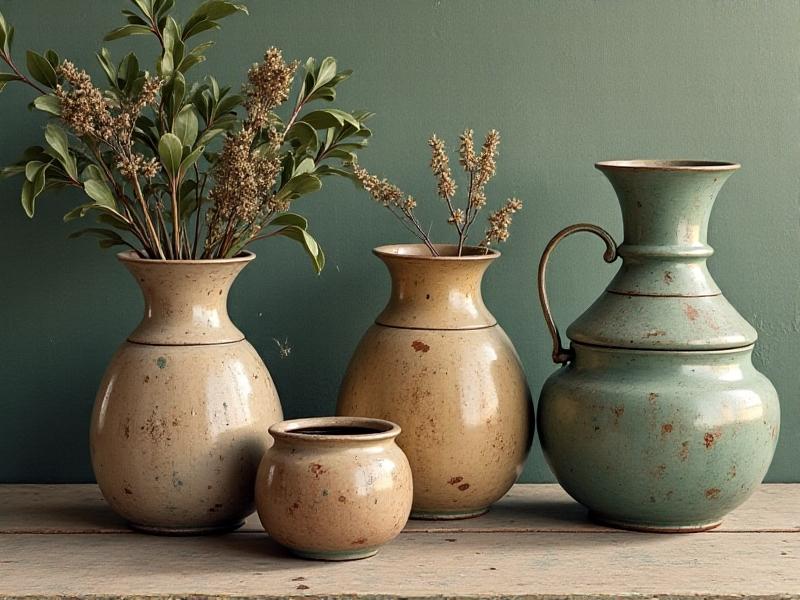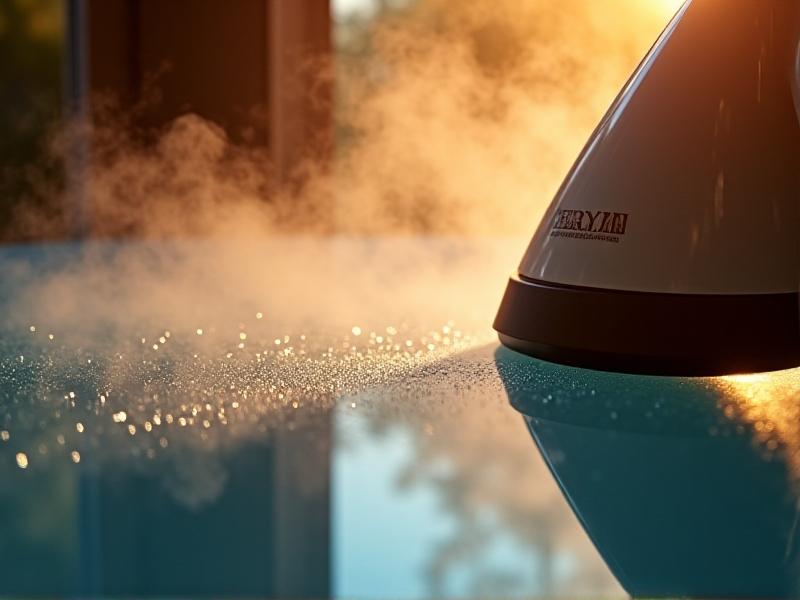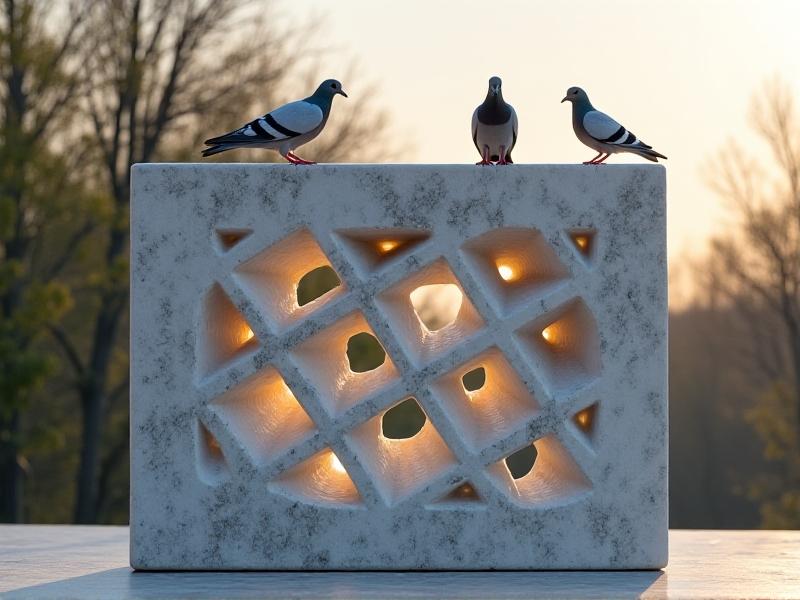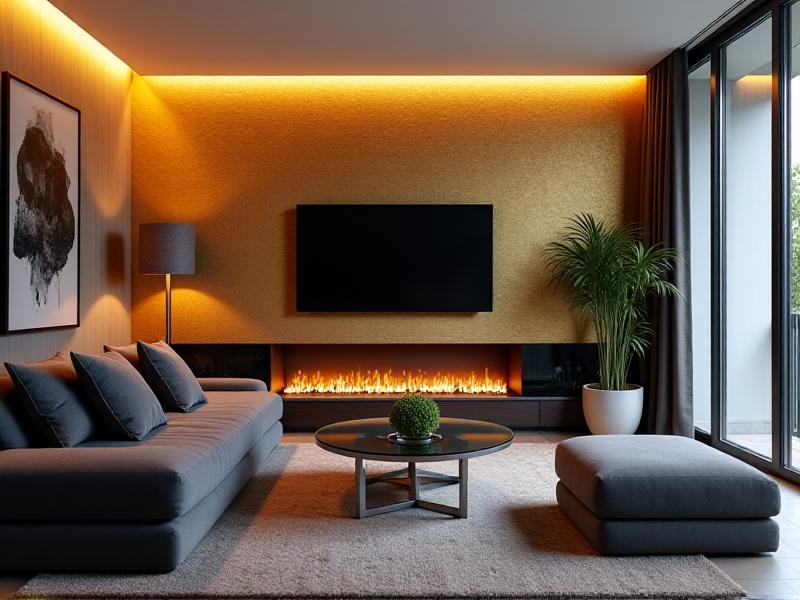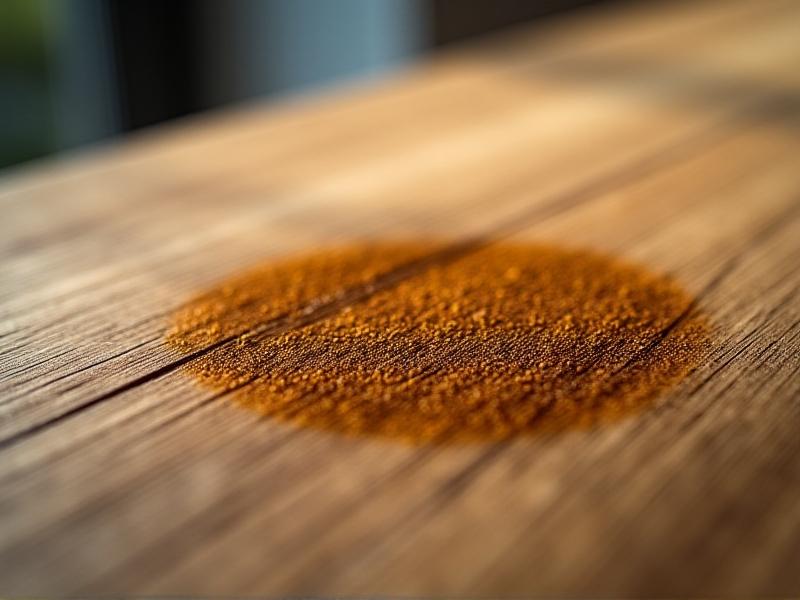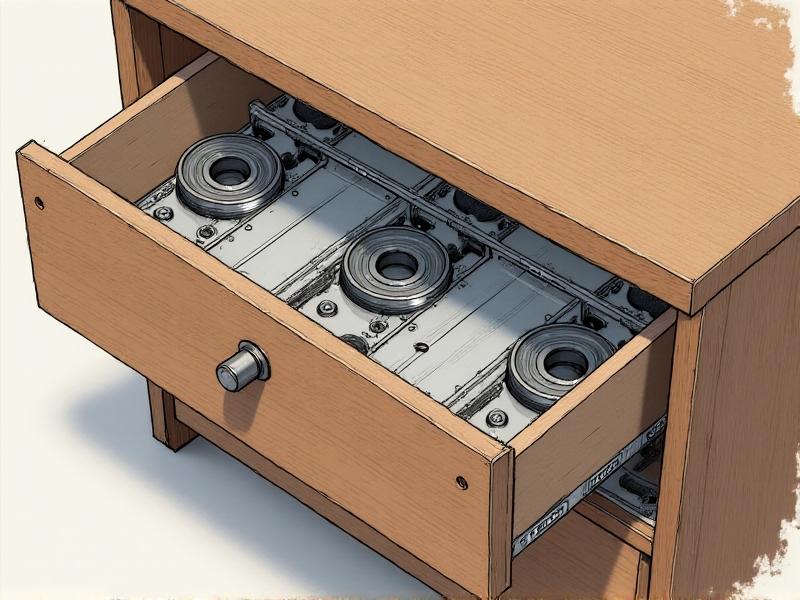The Hybrid Method: Combining Multiple Pieces into One Design
The Hybrid Method: Combining Multiple Pieces into One Design
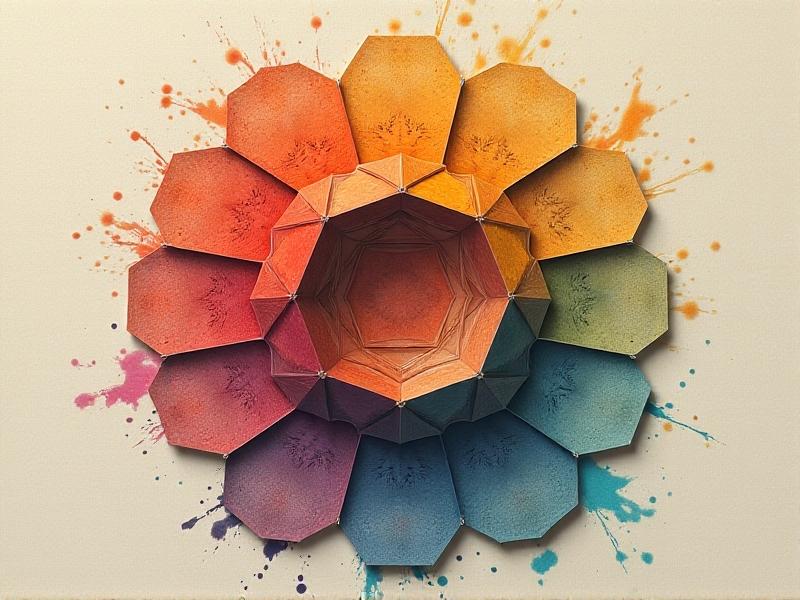
Understanding the Hybrid Design Philosophy
Hybrid design thrives on the principle that innovation often lives at the intersection of disparate ideas. By merging elements from different disciplines – say, minimalist architecture with baroque ornamentation or digital precision with handcrafted imperfections – designers create solutions that transcend traditional boundaries. This approach isn’t about haphazardly slapping styles together but about identifying complementary contrasts. For instance, the Bauhaus movement famously married industrial materials with artistic expression, proving that functional and aesthetic values could coexist. Today’s hybrid workflows often involve curating "mood boards" that juxtapose seemingly incompatible references, allowing unexpected connections to emerge organically.
Mastering Style Integration Techniques
Successful hybrid design requires a toolkit for harmonizing conflicting elements. One effective strategy is the 80/20 rule : choosing a dominant style (80%) and accenting it with contrasting elements (20%). A tech startup’s website might pair crisp sans-serif typography with hand-drawn illustrations, using color palettes to bridge the gap between digital and organic. Texture mapping offers another integration method – imagine a 3D-rendered product model overlaid with scanned paper grain. Designers often use transitional elements like gradient fades or geometric patterns to smooth stylistic jumps, creating visual pathways that guide viewers through the layered narrative.
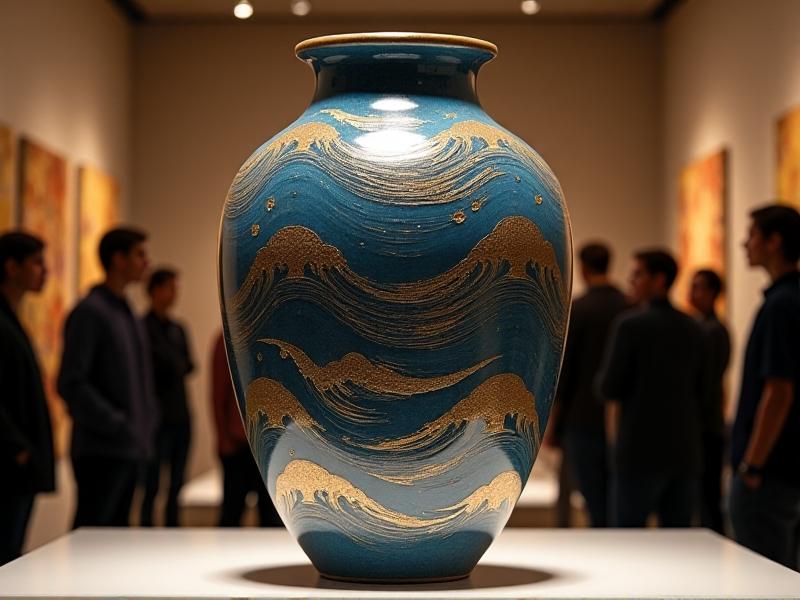
Tools for Seamless Design Fusion
The hybrid designer’s arsenal combines analog and digital tools. Apps like Procreate allow hand-drawn sketches to be instantly vectorized, while AI-powered platforms like MidJourney can generate style-blended concepts from text prompts. Physical material libraries gain new life through AR scanning – a designer might photograph weathered metal scraps, digitize the textures, and apply them to parametric architecture models. Collaborative whiteboard tools like Miro enable distributed teams to simultaneously manipulate elements from Photoshop files, CAD models, and vintage magazine clippings in real-time, creating what one studio calls "organized chaos playgrounds."
Case Studies in Hybrid Innovation
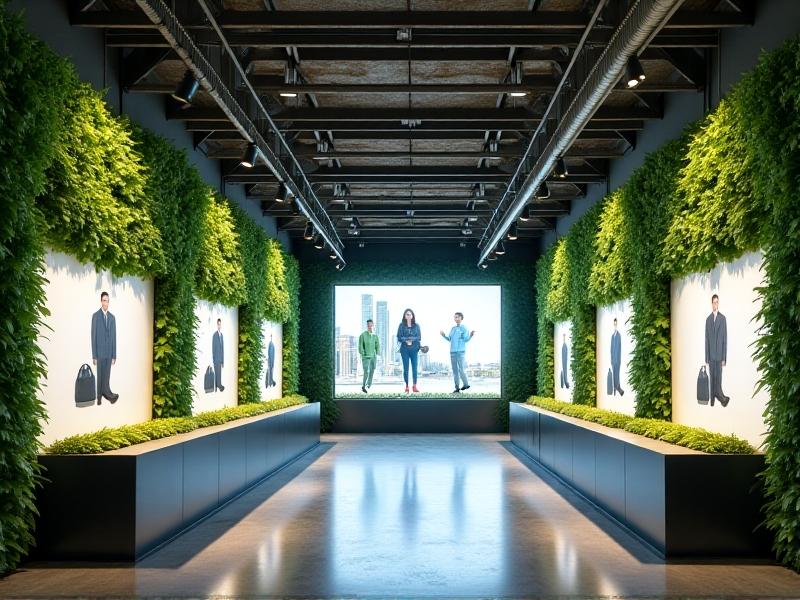
Tokyo’s Nendo Studio redefined hybrid spatial design in their "Chair Architecture" exhibition, transforming furniture into building-like structures using scaled-up joinery techniques. In digital realms, the Spotify Wrapped campaign successfully merges data visualization with meme culture and personalized animation. A groundbreaking example comes from automotive design: Tesla’s Cybertruck intentionally clashes stainless steel minimalism with retro-futurism, creating viral buzz through calculated dissonance. These examples prove hybrid methods can drive both functional innovation and cultural relevance.
The Future Landscape of Combined Design
Emerging technologies are pushing hybrid design into new dimensions. Neural networks now analyze historical style databases to suggest unconventional combinations – imagine an algorithm proposing Art Nouveau influences for a smartwatch UI. Sustainability pressures are fostering material hybrids like mycelium-based composites with embedded electronics. As AR glasses mature, we’ll see physical products designed with "digital augmentation zones" where virtual and tangible elements interact. The next frontier might be temporal hybridization: objects that evolve their aesthetic based on context, blending styles real-time through shape-shifting materials and adaptive displays.


